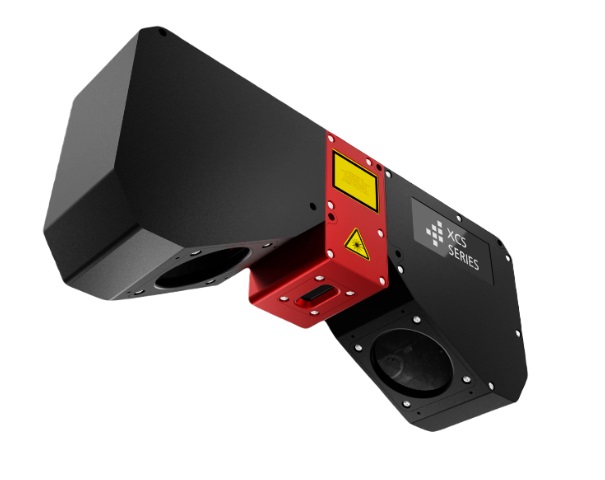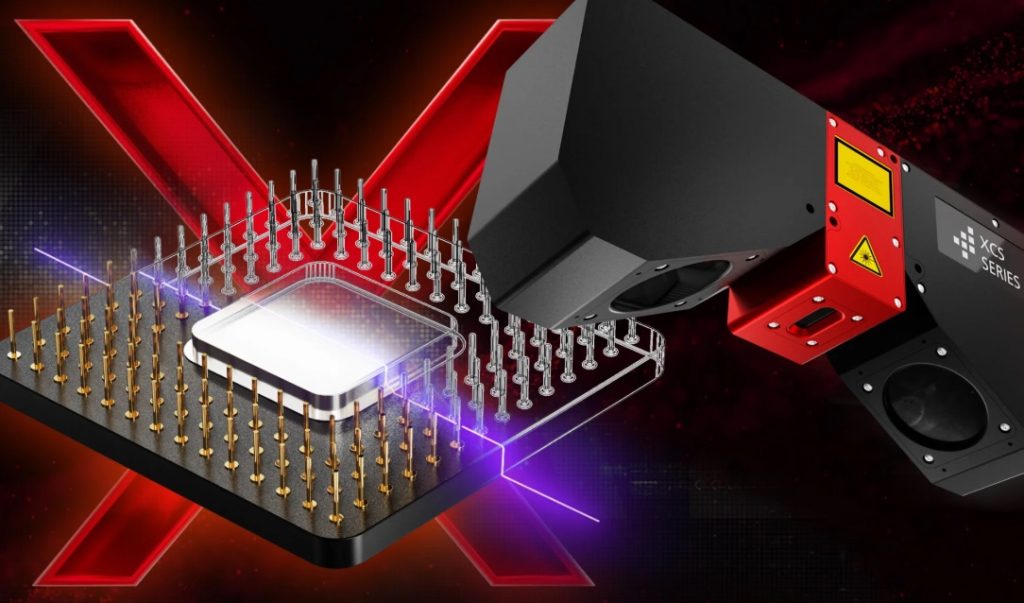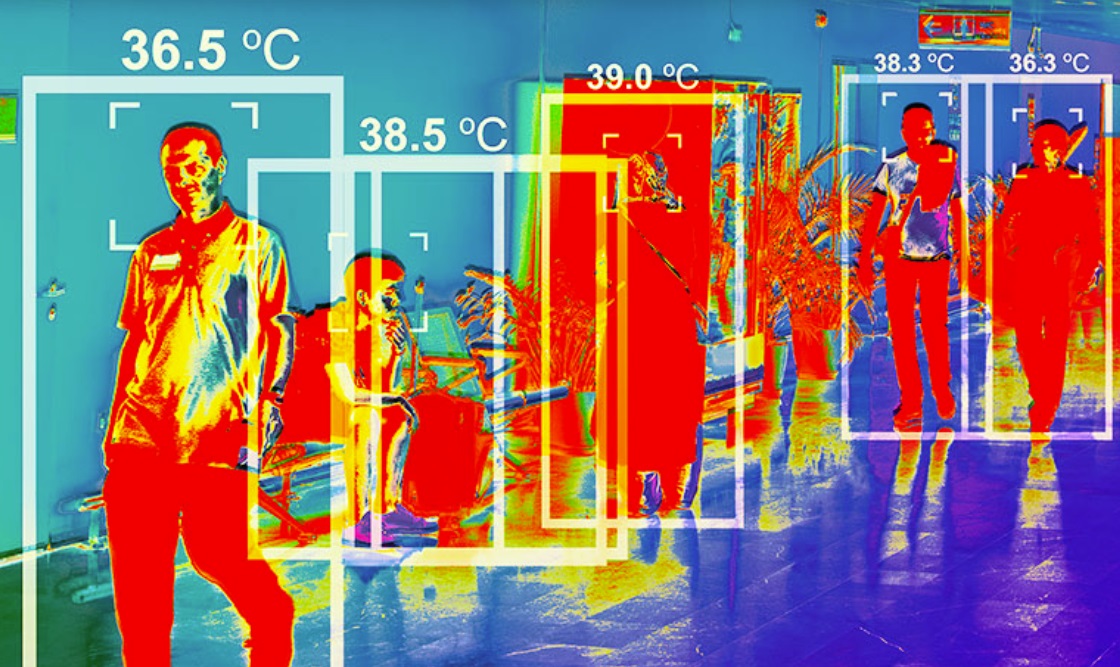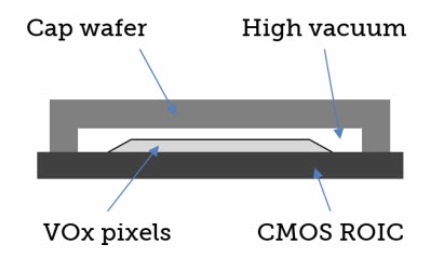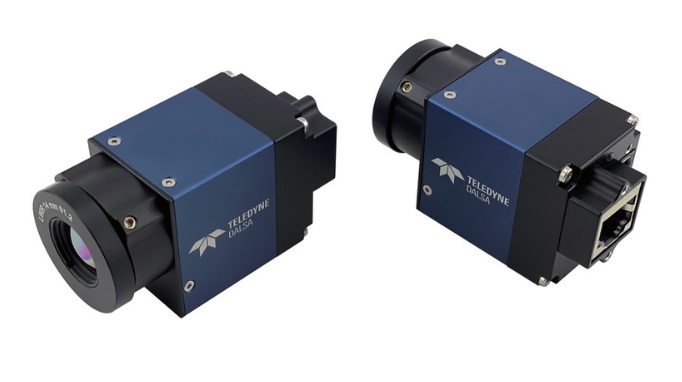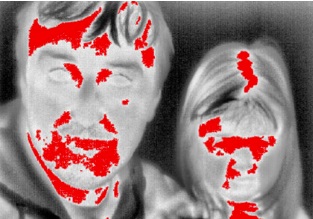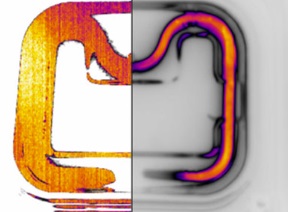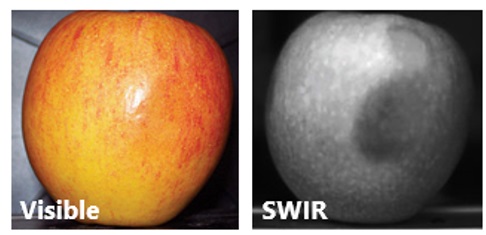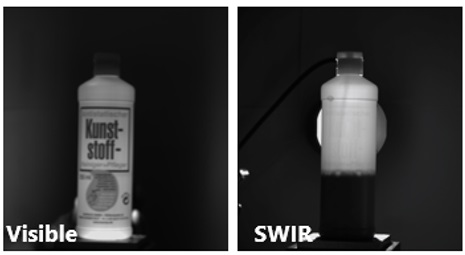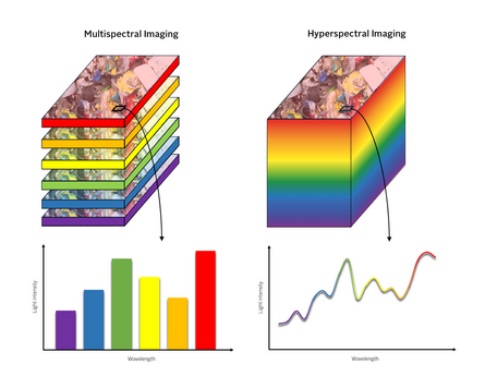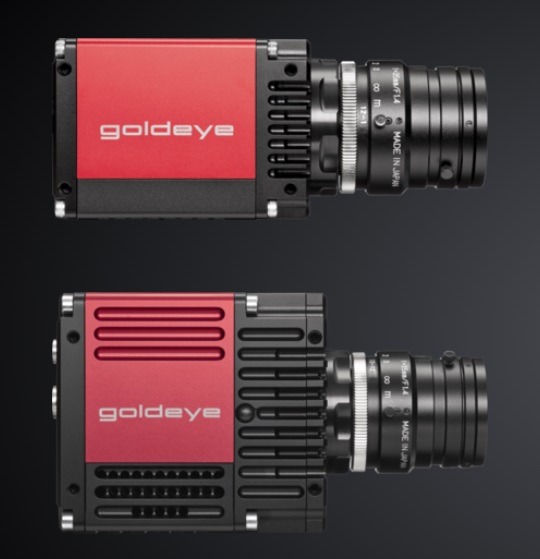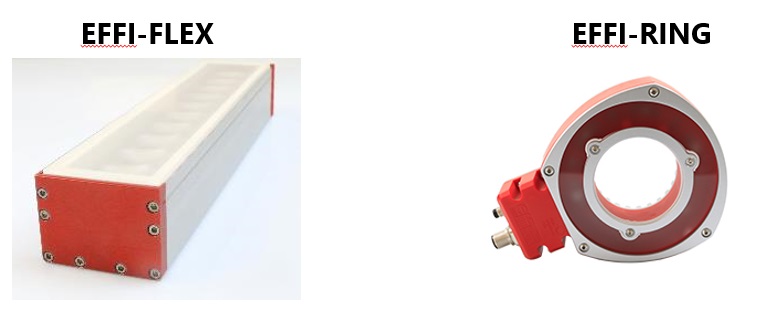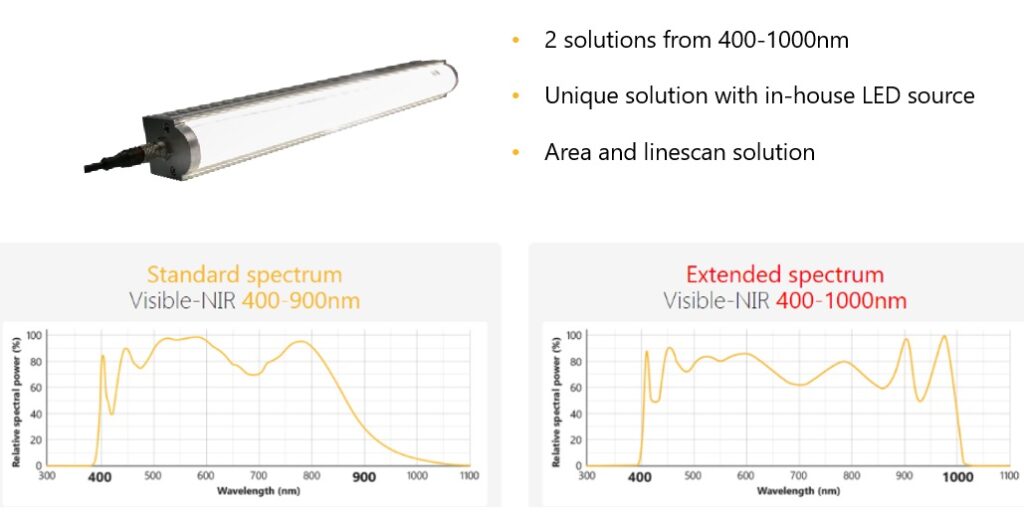As anticipated when Teledyne DALDA’s AxCIS Line Scan Series was introduced a few months ago, color models have now been released. The “CIS” in the product name stands for Contact Image Sensor. In fact a CIS doesn’t actually contact the object being imaged – but it’s so close to touching that the term has become vision industry jargon to help us orient to the category.
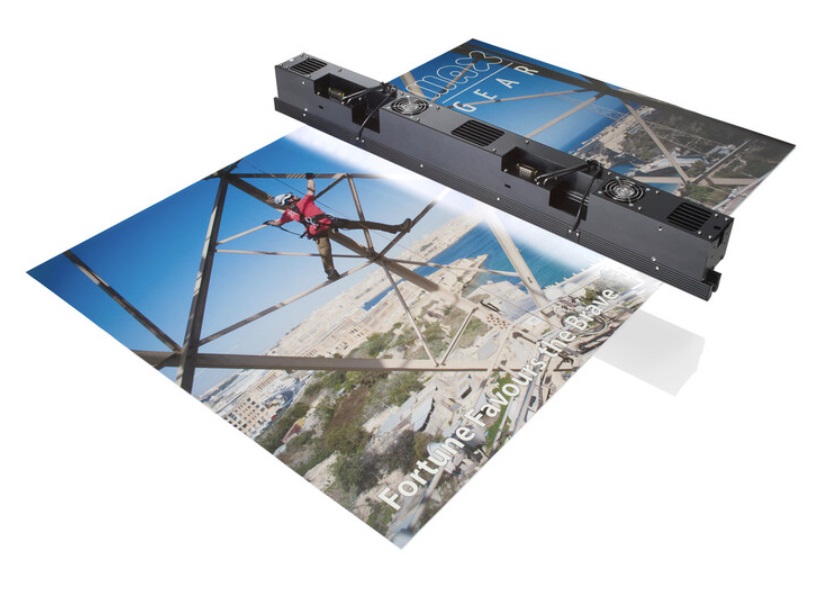
What can CIS do for me?
Think “specialized line scan”. Line scan in that it’s a linear array of sensors (vs. and area scan camera), requiring motion to create each successive next slice. And “specialized” in that CIS is positioned very close to the target, Plus low power requirements. And excellent price-performance characteristics.
Why is the new color offering interesting?
Just as with area scan imaging, if the application can be solved with monochrome sensors, that’s often preferred – since monochrome sensors, lensing, and lighting are simpler. If one just needs edge detection and contrast achievable with monochrome – stay monochrome! BUT sometimes color is the sole differentiator for an application, so the addition of color members to the AxCIS family can be a game changer.
Why Teledyne DALSA AxCIS in particular?
A longtime leader in line scan imaging, Teledyne DALSA introduces the AxCIS series in 2023 and continues to release new models and features. Vision Systems Design named the AxCIS family of high-speed high-resolution integrated imaging modules with their 2024 Gold Honoree Award.

AxCIS Series Key Attributes
- Compact modules integrating sensors, lenses and lights
- Option to customize the integrated lighting for specific CRI to aid in color measurement.
- Current width choices 400mm (16 inches) or 800mm (32 inches)
- Customizable lengths coming, in addition to the 400mm and 800mm models
- CIS covers entire FOV – without missing any pixels and without using interpolation, allowing for accurate measurements. The competition has gaps between sensors causing areas which are not imaged and inability to measure properly
- Selectable pixel sizes up to 900dpi
- Gradient index lenses are used so there is no parallax and essentially telecentric. (Great for gauging applications)
- Binning support, summed to provide brighter images
- 4 available AOIs
- CameraLink HS interface
- Up to 120 kHz line rates … and cables lengths to 300m
- No alignment or calibration required – lighting and sensors are pre-aligned
- HDR imaging with dual exposure mode
Get quote
See specs for specific models in the Teledyne DALSA AxCIS Series.
HDR – a closer look

By using two adjacent rows of sensors, one row may be used for a short exposure to capture the rapidly saturated portions of an image. A second row of sensors can take a longer exposure, creating nuanced pixel values of areas that would otherwise have been undersaturated. Then the values are combined to a composite image with a wider dynamic range with more useful information to be interpreted by the processing algorithms.
Applications
While not limited to the following, popular applications include:

Want to see other Teledyne DALSA imaging products?
Teledyne DALSA is long-recognized as a leader and innovator across the diverse range of imaging products – click here to see all Teledyne DALSA products.
1st Vision’s sales engineers have over 100 years of combined experience to assist in your camera and components selection. With a large portfolio of cameras, lenses, cables, NIC cards and industrial computers, we can provide a full vision solution!
About you: We want to hear from you! We’ve built our brand on our know-how and like to educate the marketplace on imaging technology topics… What would you like to hear about?… Drop a line to info@1stvision.com with what topics you’d like to know more about.


